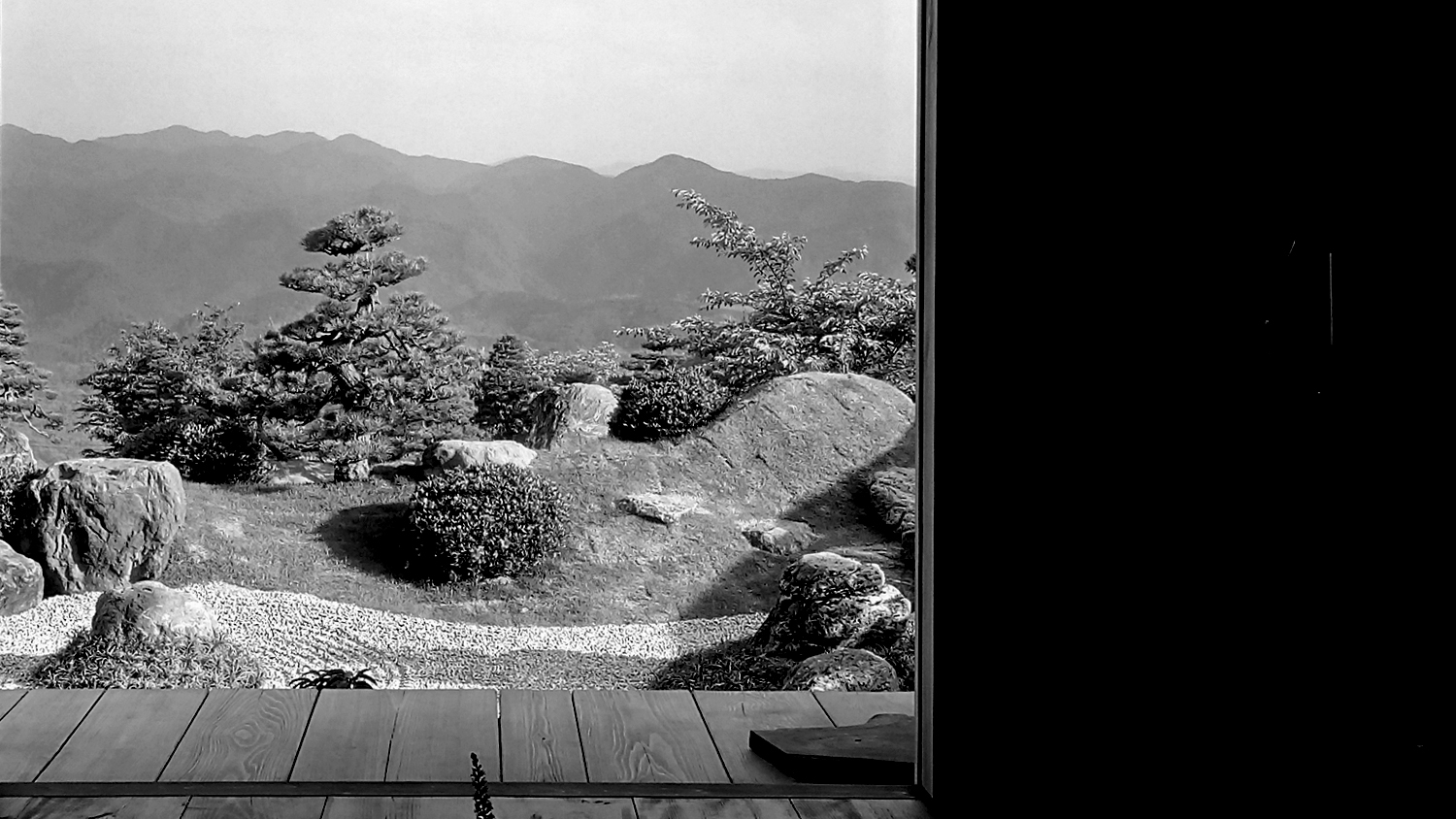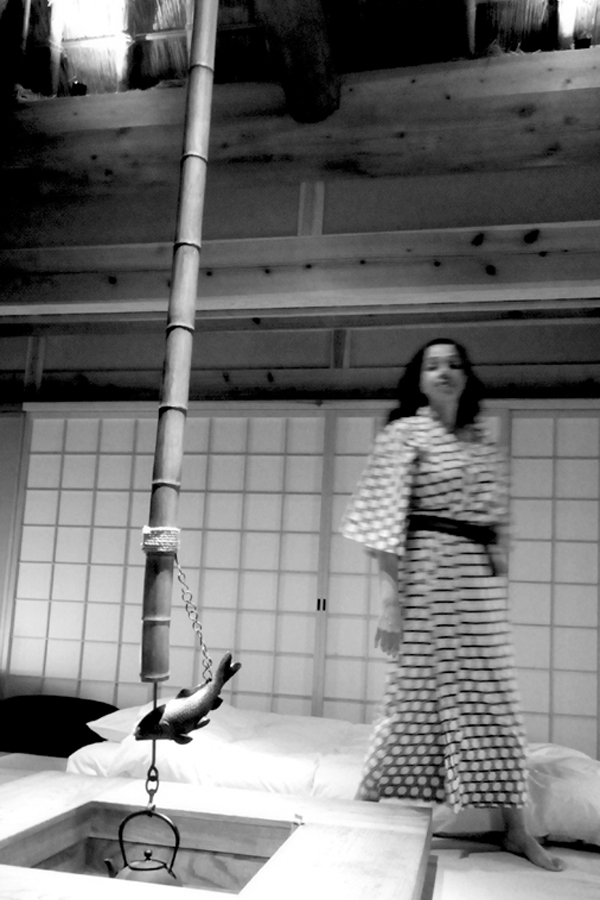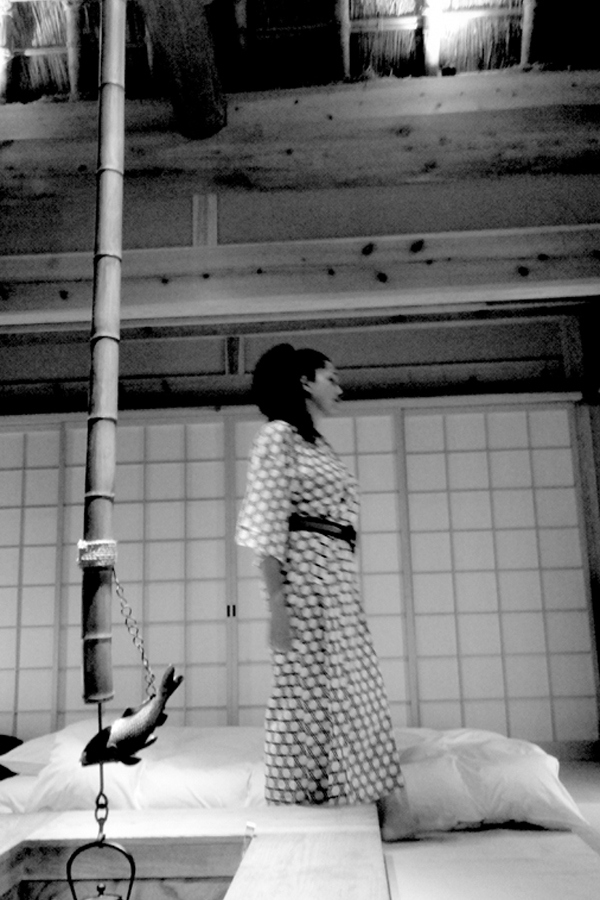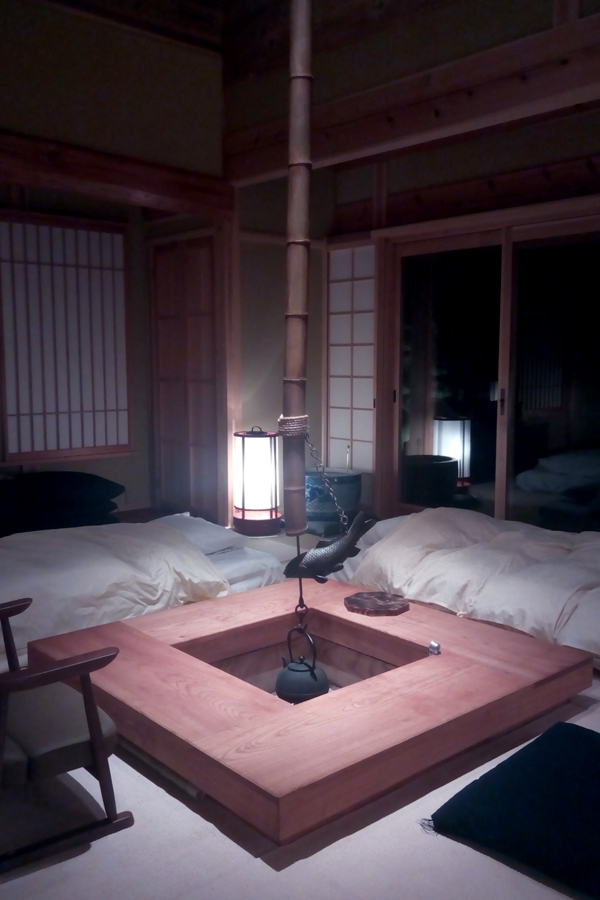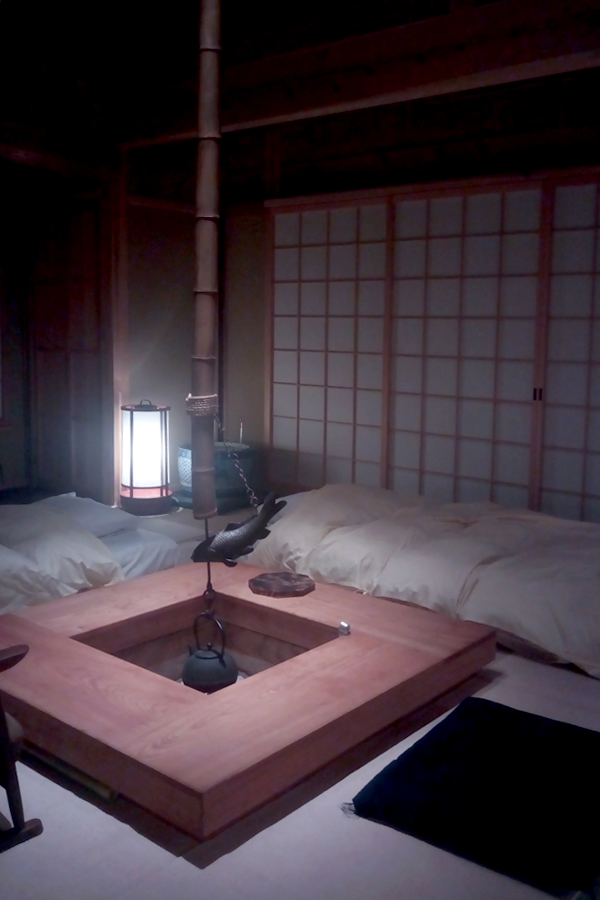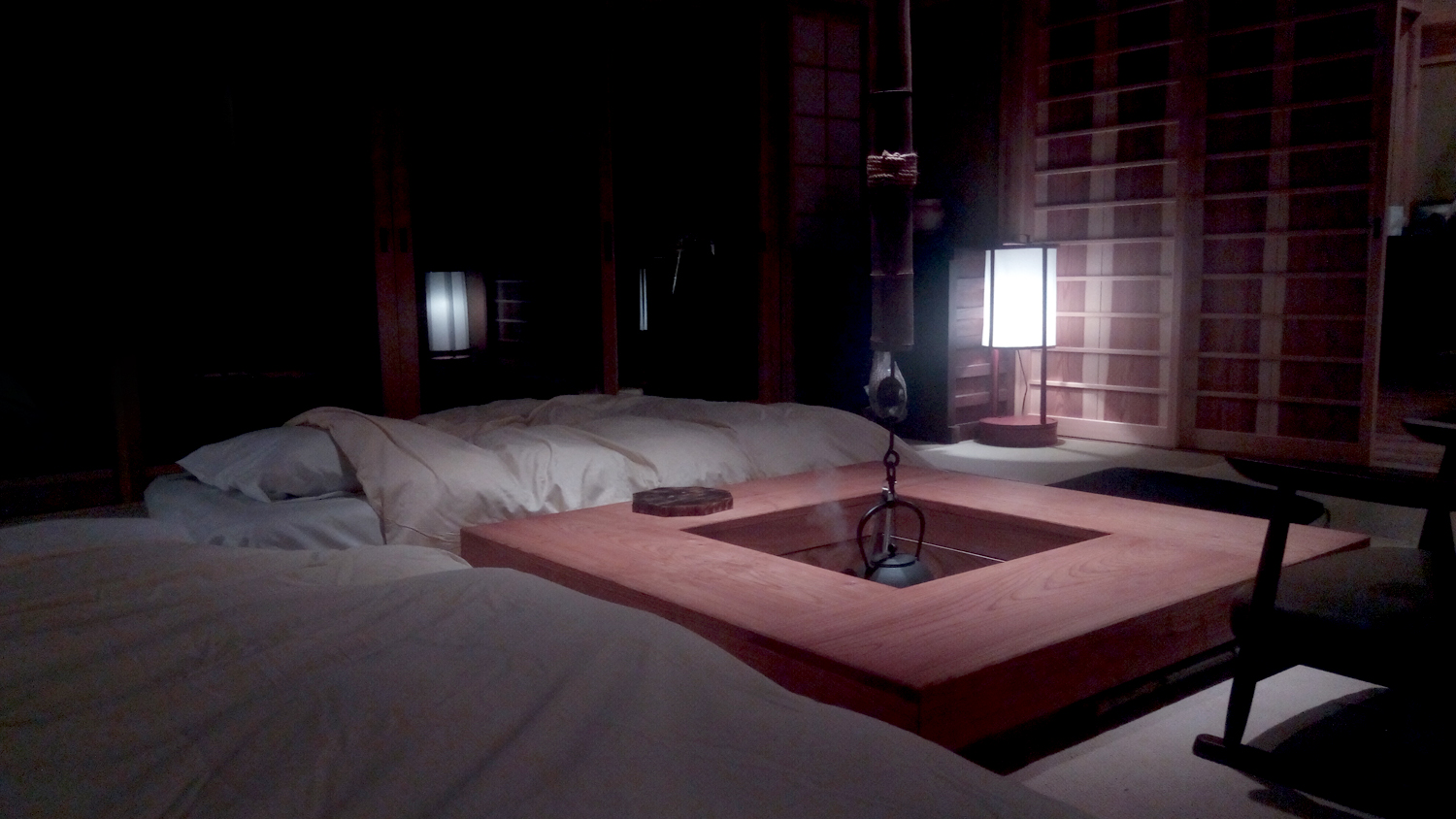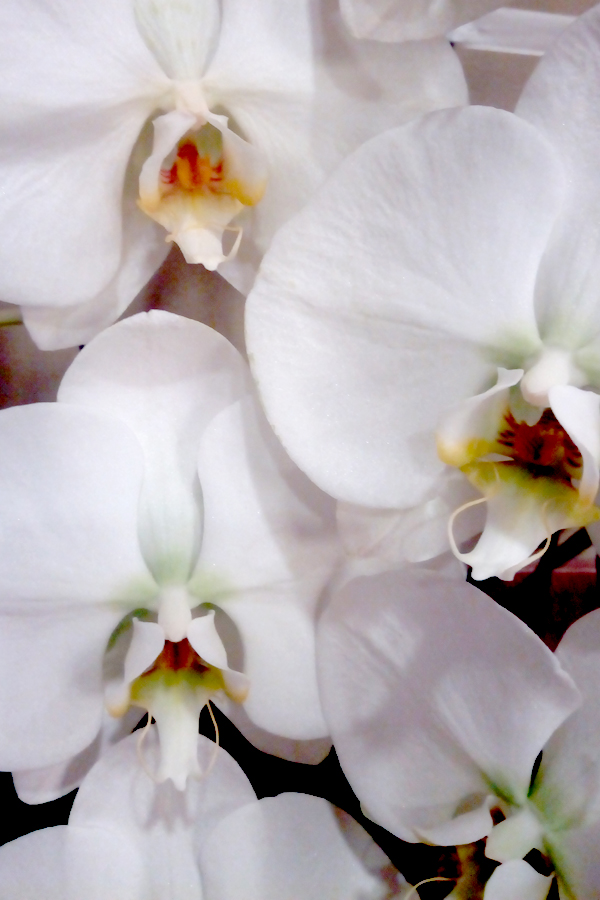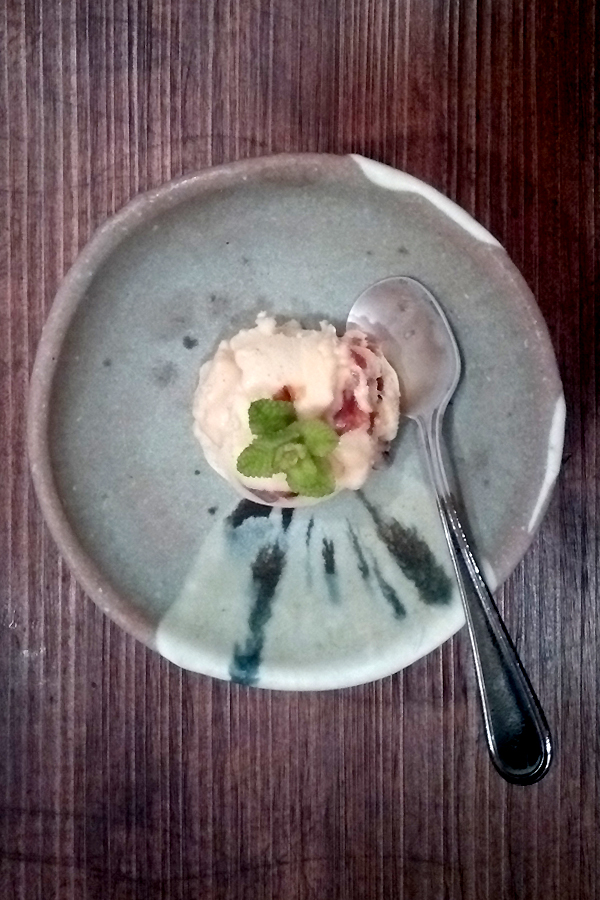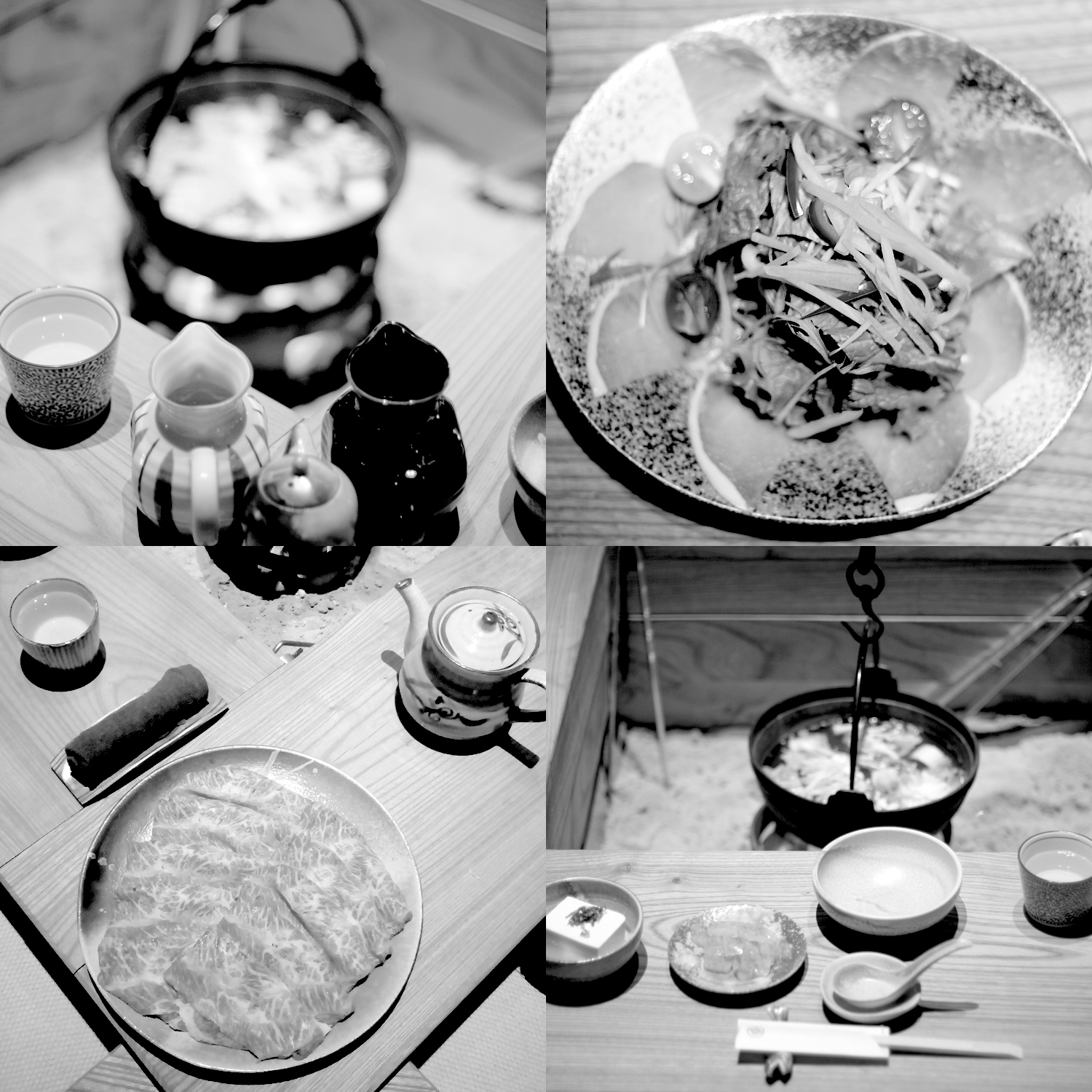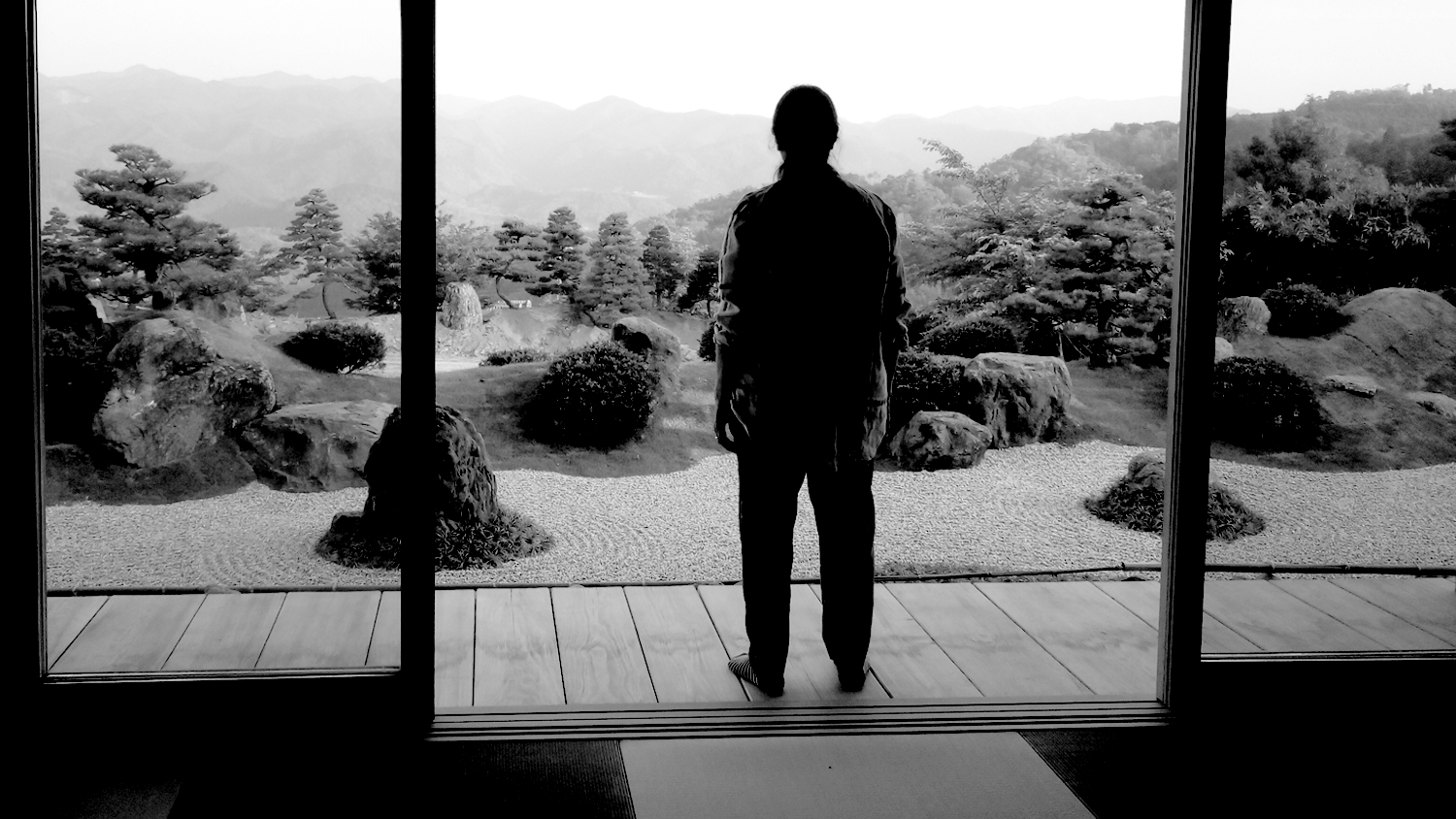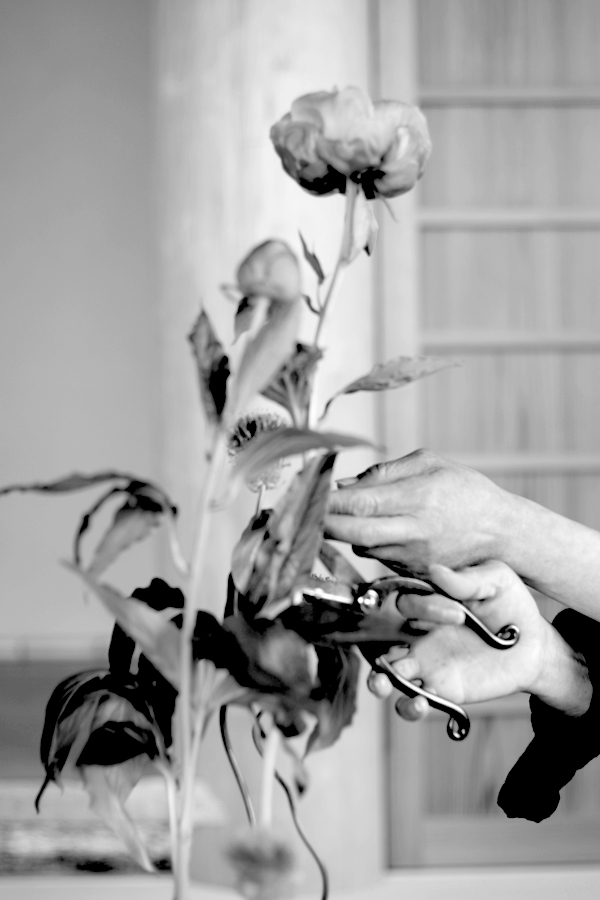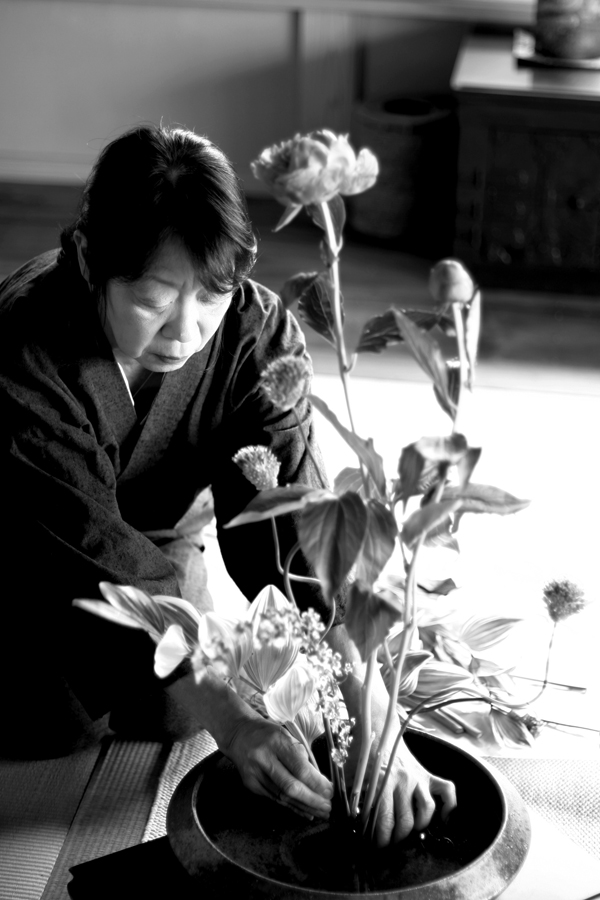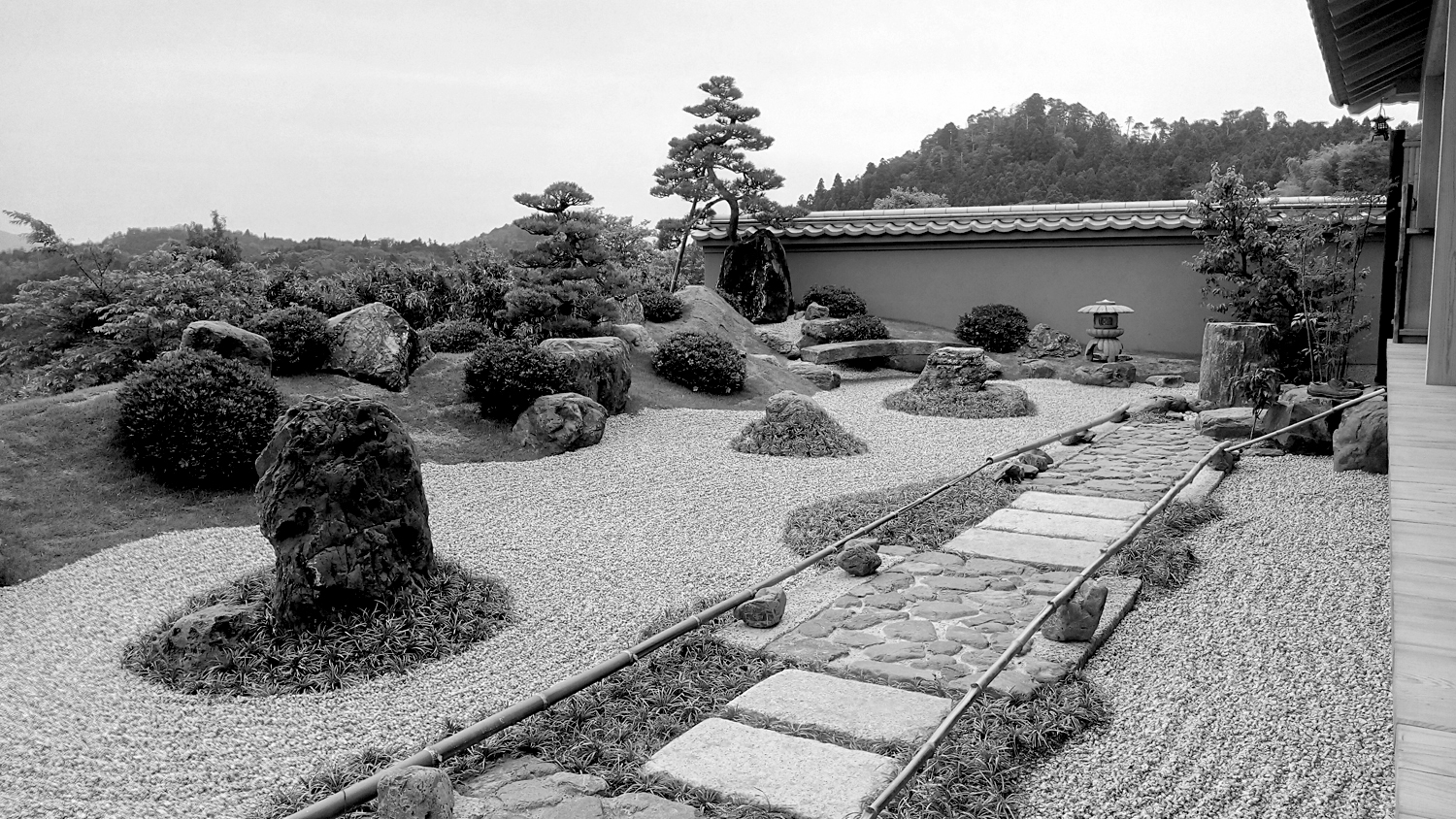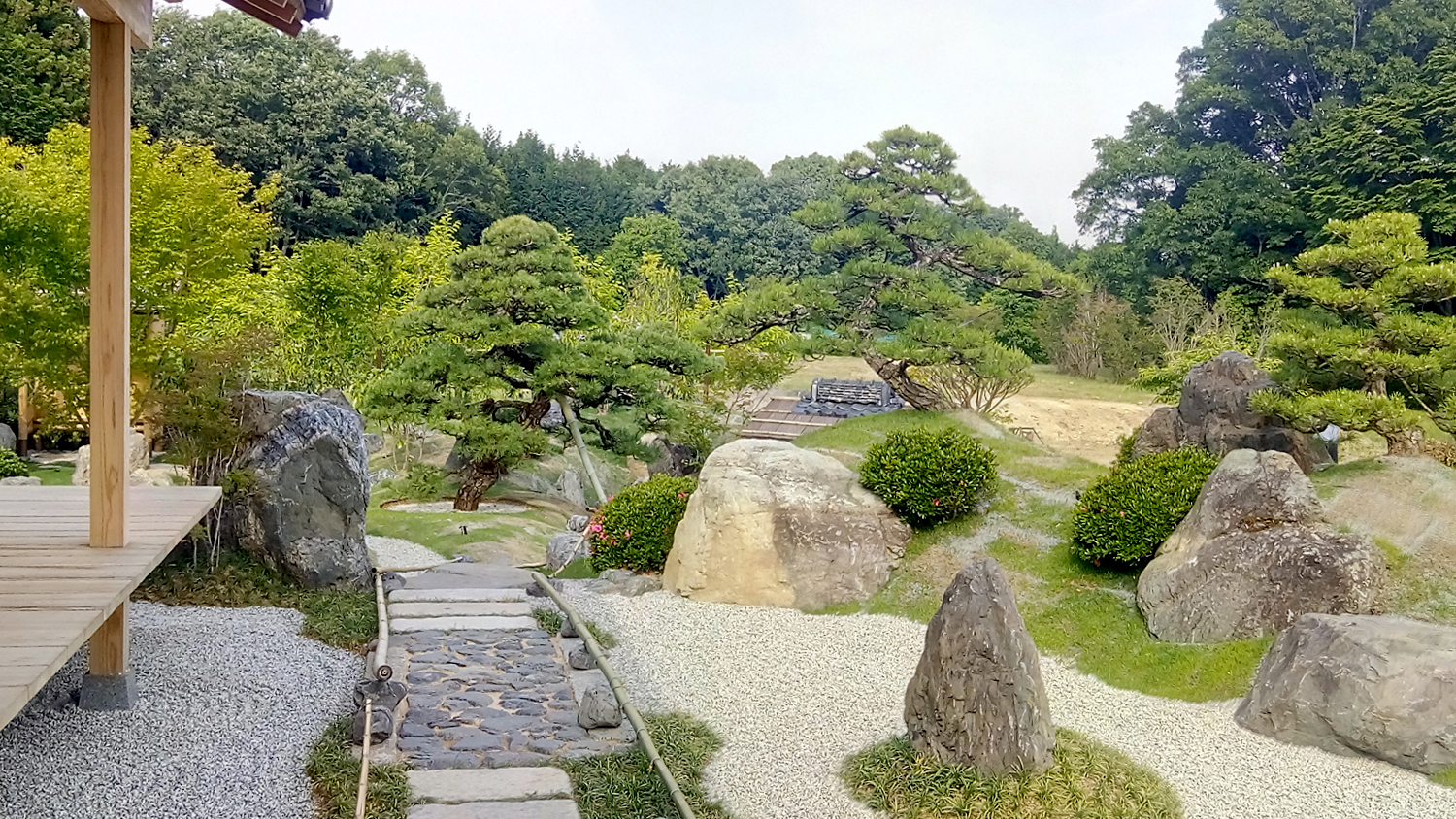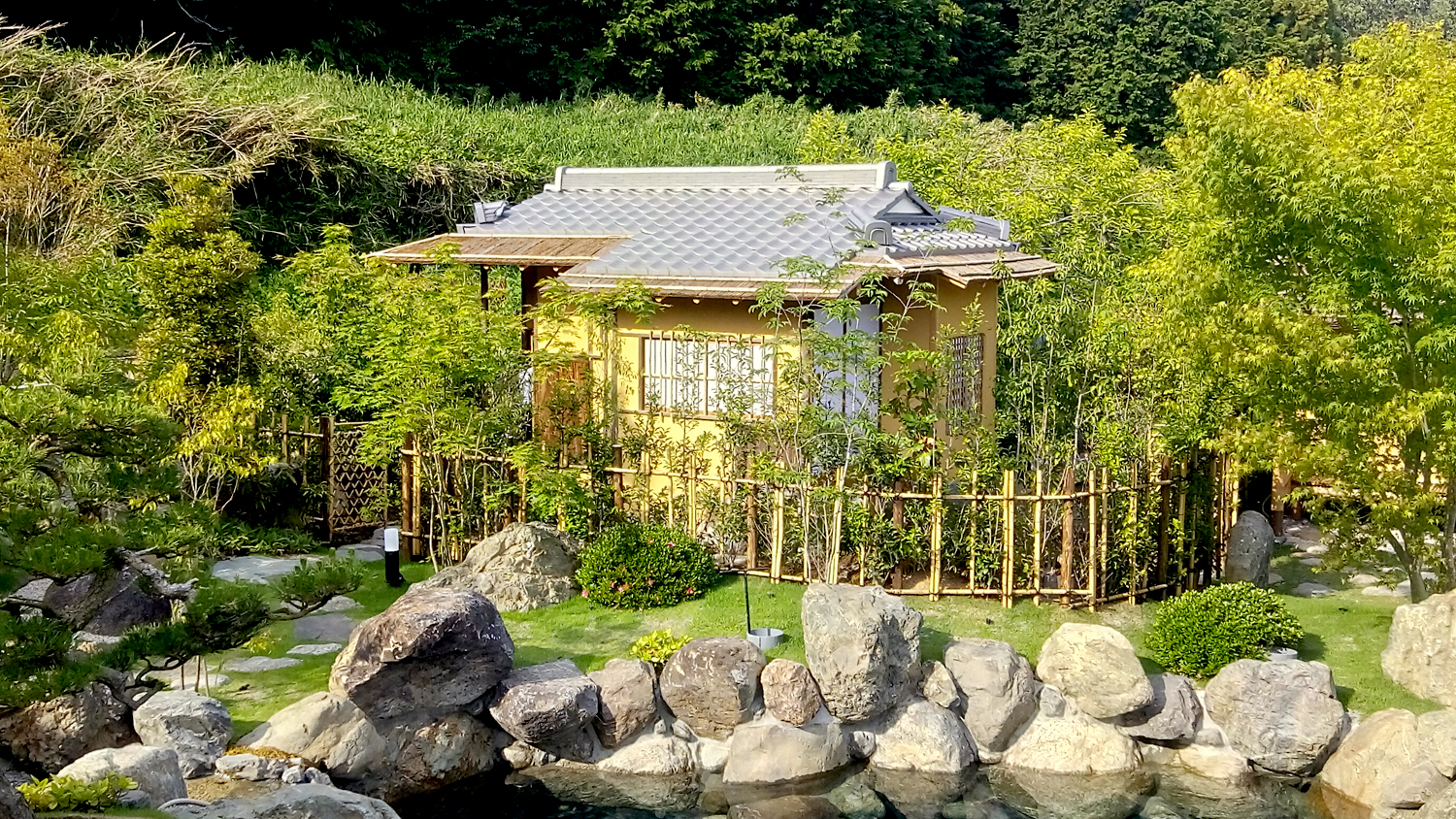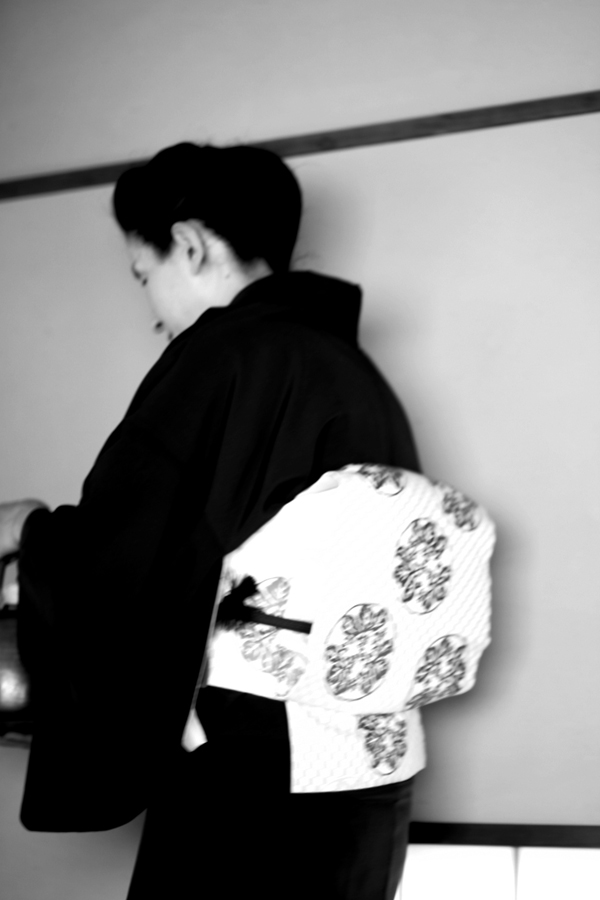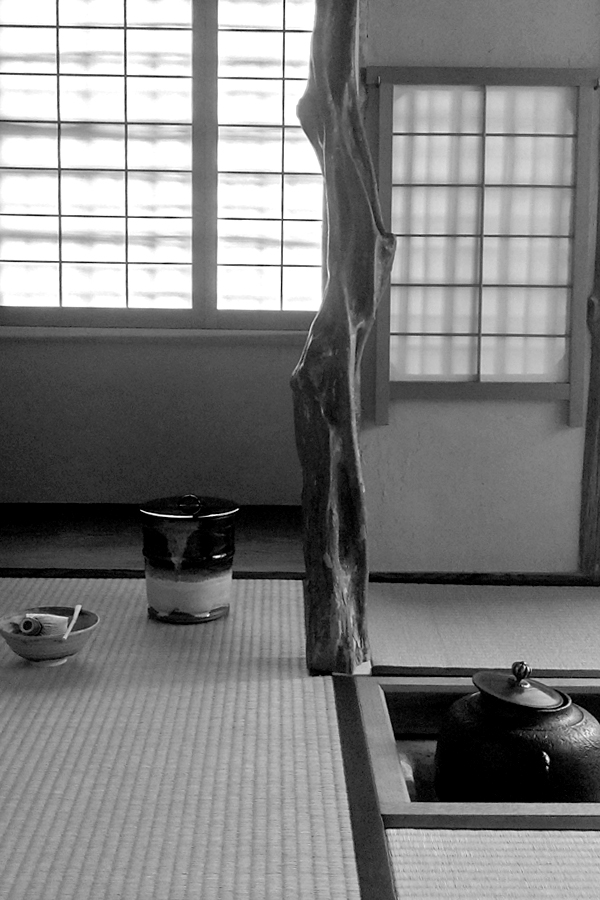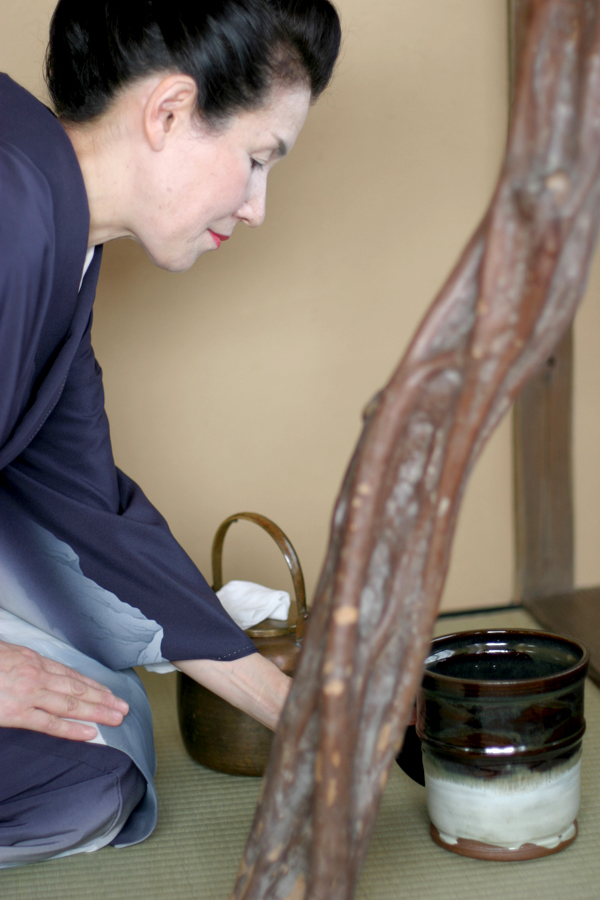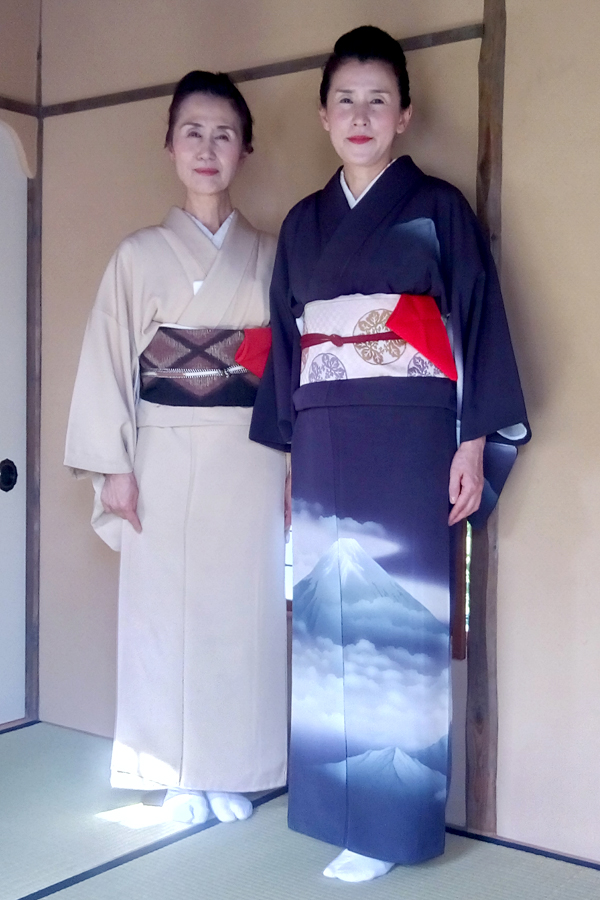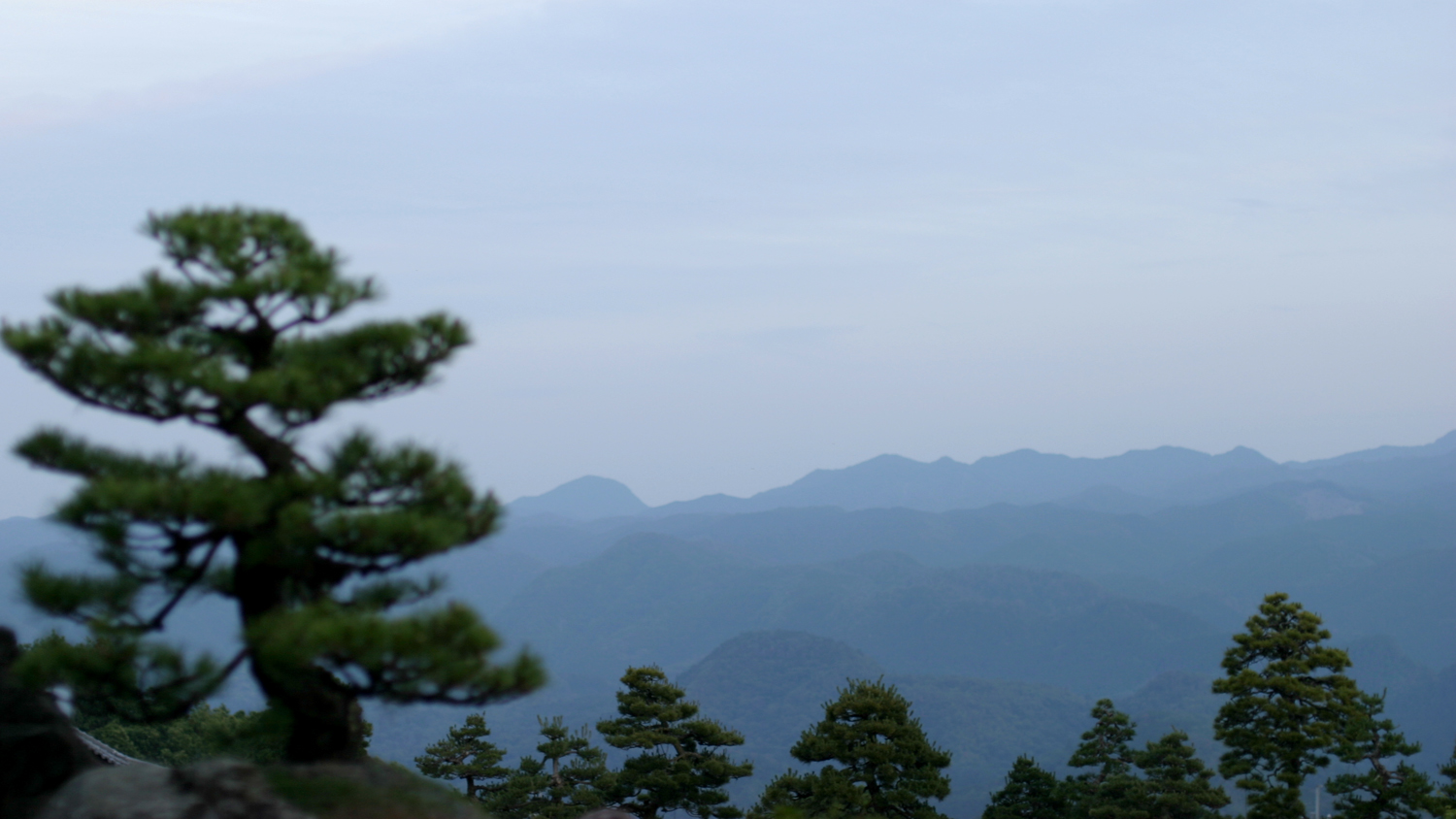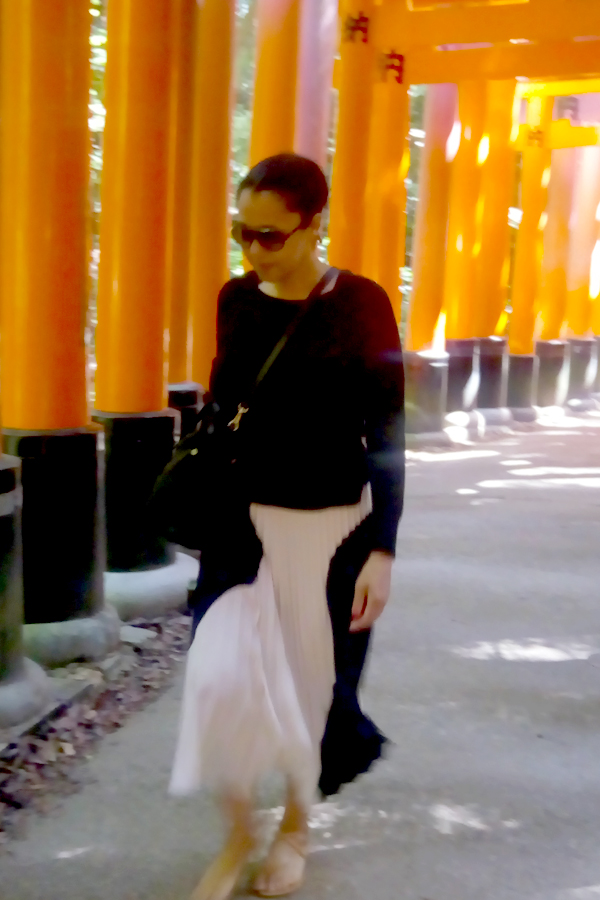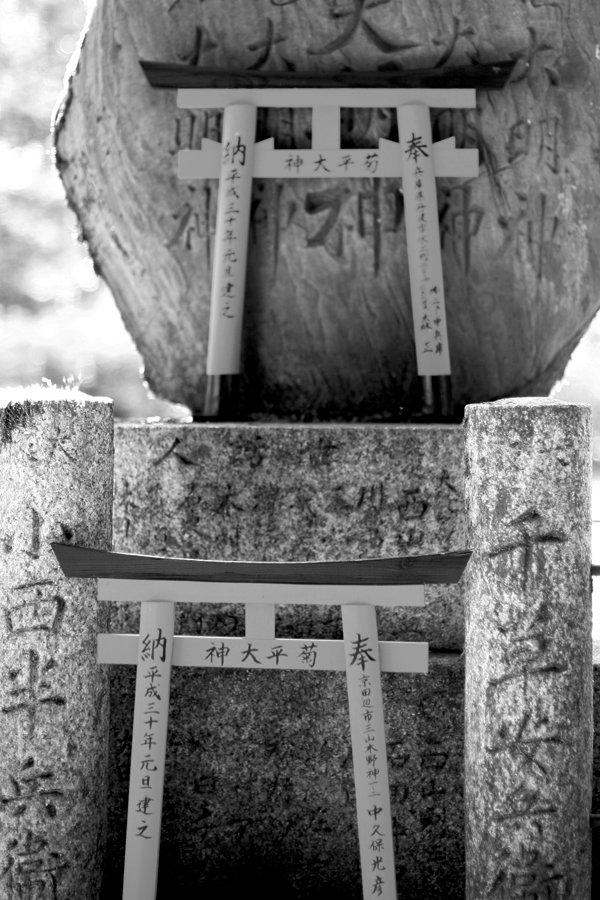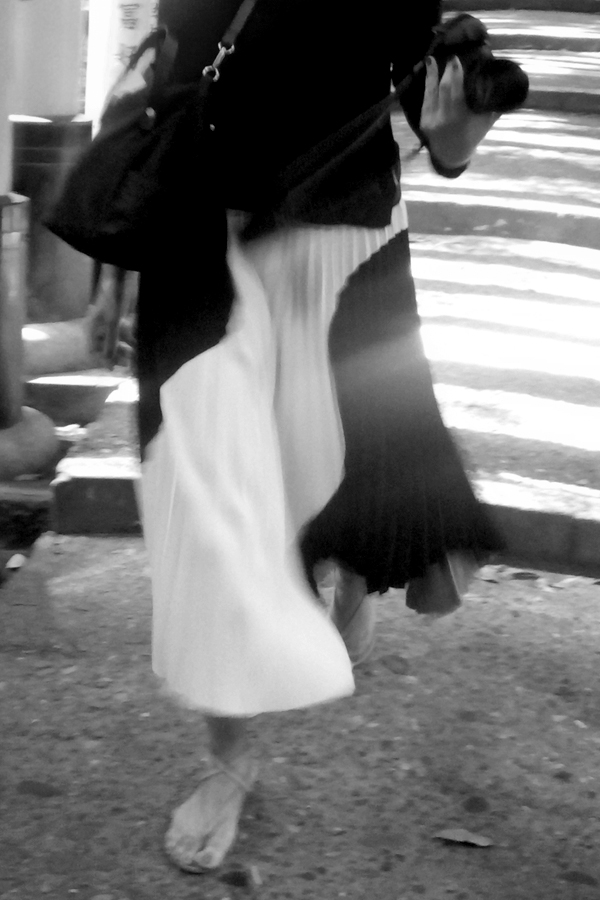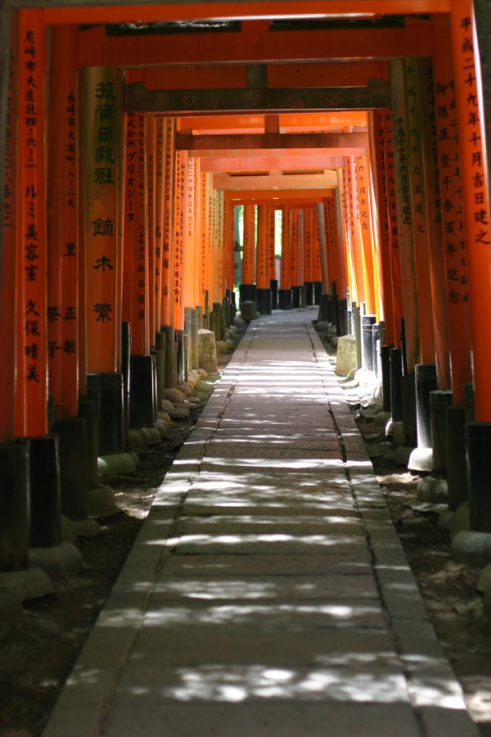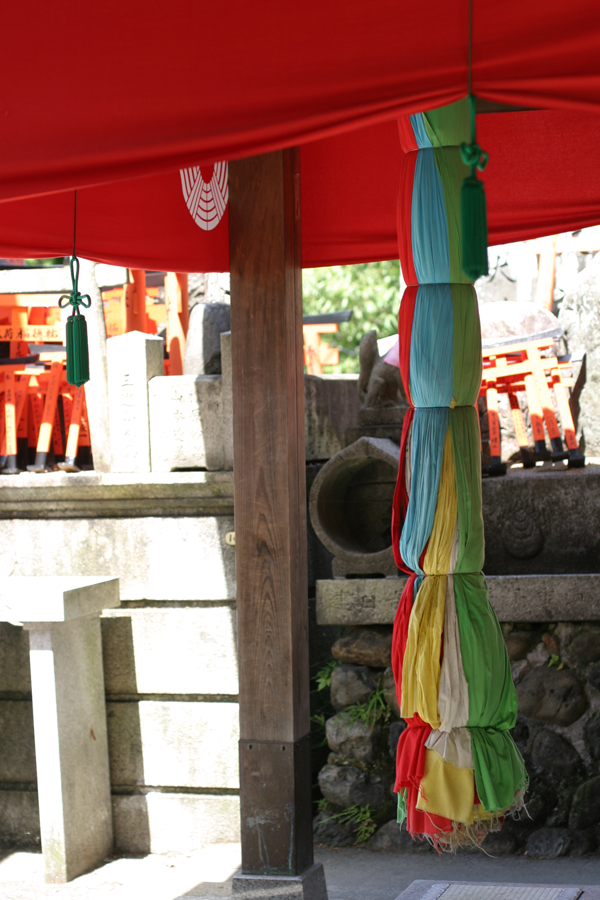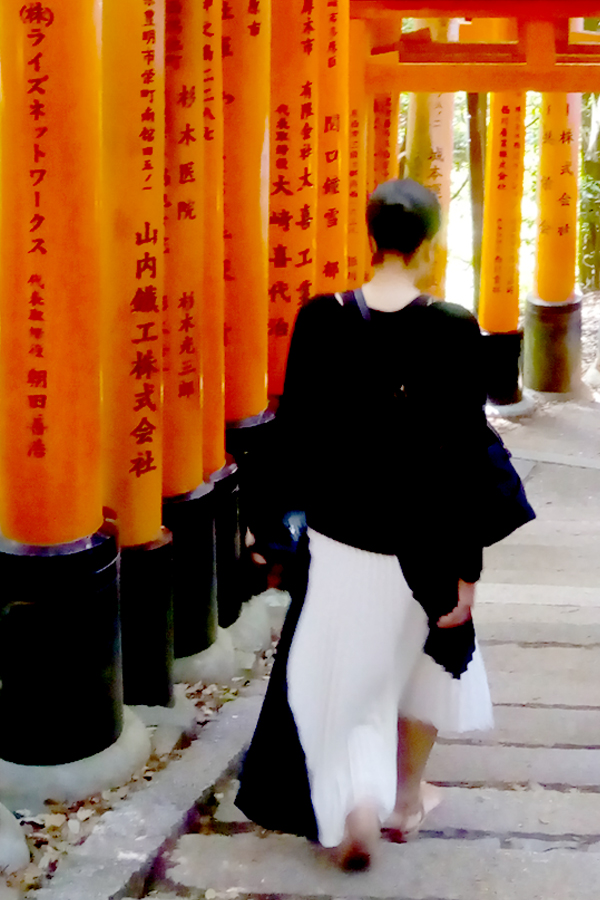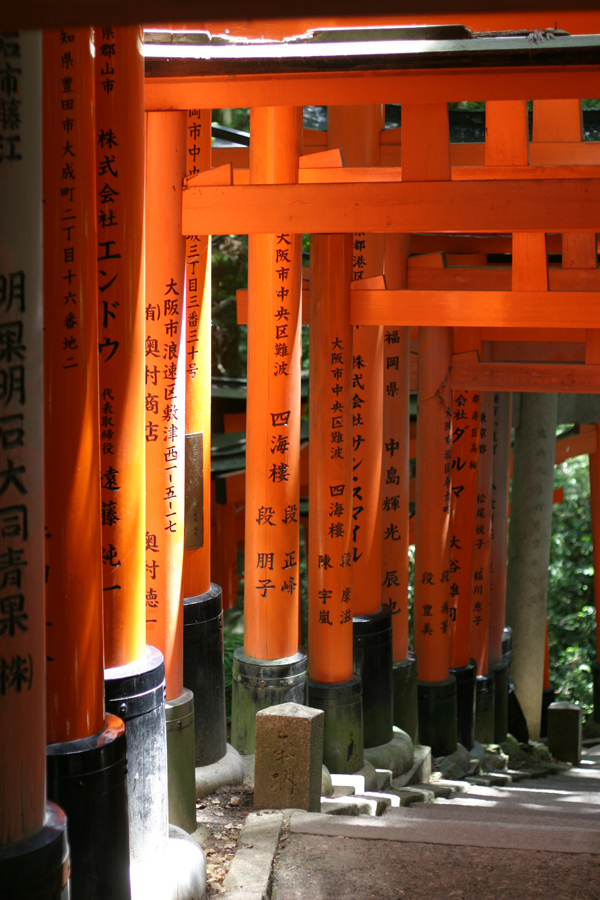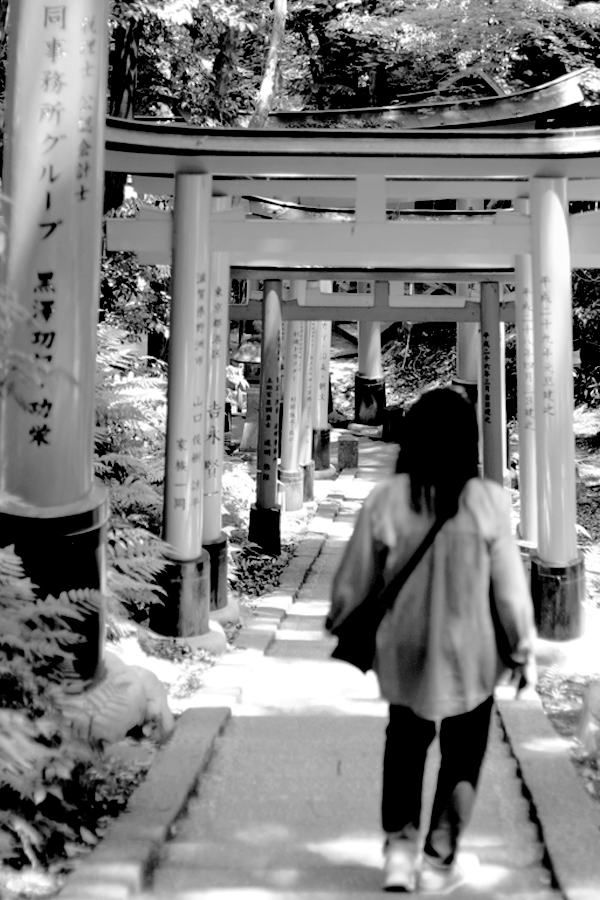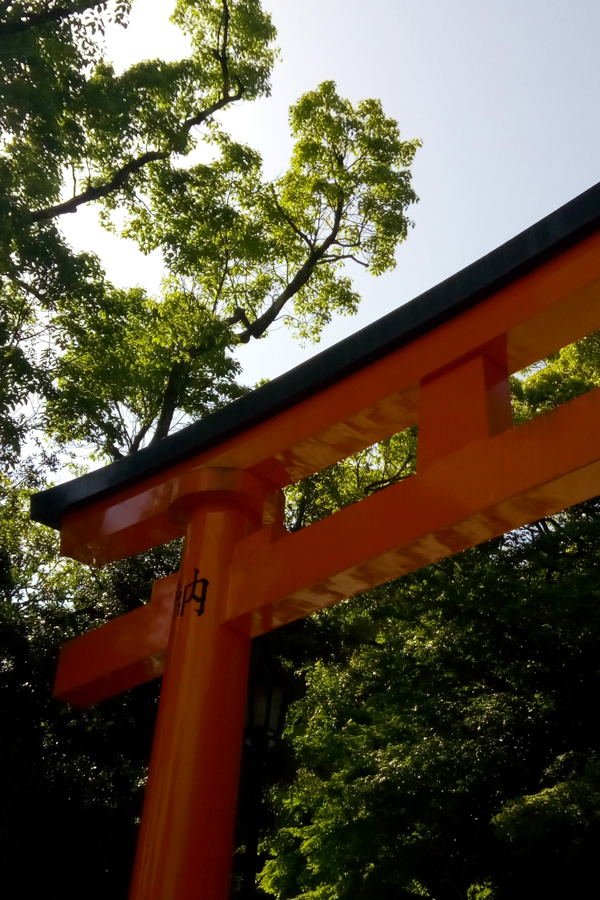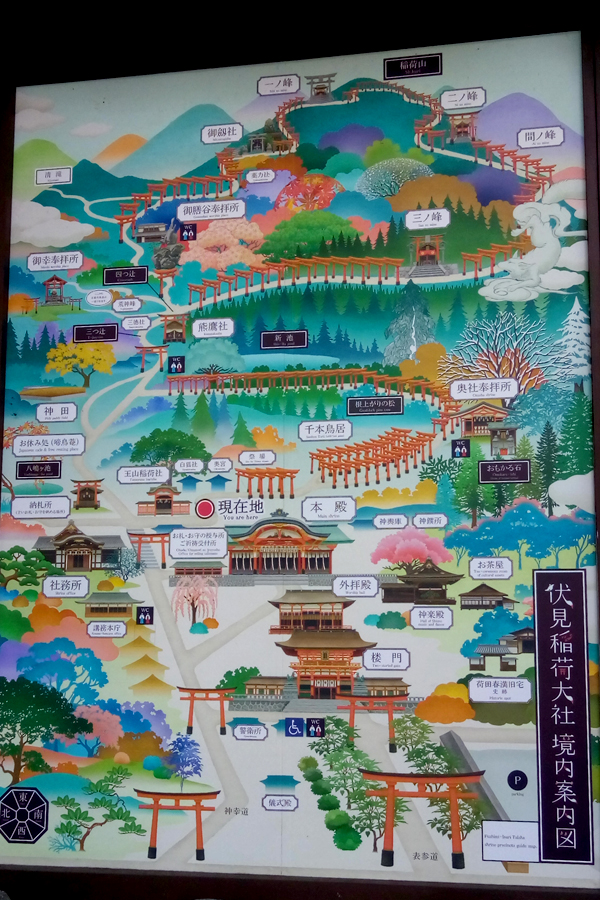The Ozonu Villa
The Room
Arriving this morning from Kyoto in the small station of Nabari, we were far from imagining our stay at Sasayuri-Ann Rice Terrace. We are in countryside (one hour by train from Nara), a complete immersion in an authentic traditional Japan.
We are greeted by Mr Matsubayashi, the owner who, with his wife and two sons take care of the two villas. We stay in Ozonu, the new villa with light woods and opened on a beautiful Zen garden (above, first photo of the article). A smart blend of tradition and luxury, sober and extremely comfortable (modern bathroom and kitchens). I feel like I’m in an Ozu movie.
In the evening, the main space is transformed into a bedroom. We are projected into another dimension, with the backdrop of the lighted garden and the sound of the water. Awesome! Photos above and below: my first fittings of yukata (Japanese summer kimono) in the room.
Shabu Shabu
Carefully and Warmly
After a long day, we take our first dinner around the “fire”, in the center of the main room. Our hosts have prepared a Shabu Shabu (the famous Japanese fondue).
Vegetables and beef of the region (cut into very fine marbled slices, like Kobe beef) are soaked in boiling water and then seasoned with sesame sauce. I don’t know the exact recipe, but it’s delicious. Subtle, light and tasty (photo below).
For the desert, a homemade sake ice cream ball served in frozen ceramic cup and spoon (photo above).
Ikebana & Zen Garden
Contemplative Meditation
The garden is the pride of Mr. Matsubayashi who was inspired by the most beautiful Zen gardens. Every evening he meticulously water it. Besides, the villa and the garden are one.
The garden is divided into three sides: the Landscape Rock Garden, the Pinetree Garden and the Scenery-Borrowing Garden with, in the distance, the bluish mountains. Enchanting setting.
In the afternoon, we attended a private flower arrangement class given by Mrs. Matsubayashi, master of Ikebana. I liked her precise gesture. With few elements, her composition is beautiful! No superfluity, only the essential matters. Japanese minimalism.
The Tea Ceremony
The Immutable Japan
In another part of the garden, there is a 100 year old tea house (impressive!), With the dimensions of a doll’s house, paper doors and windows. According to Mr. Matsubayashi, the Japanese love everything small.
I feel both like Alice in Wonderland and an elephant in this confined space that seems fragile. As strange as it may seem, everyone quickly finds his little living space.
Formerly this ceremony was practiced by monks and allowed the powerfuls and gentry to share a moment of peace over a cup of tea. Today, the masters of the tea ceremony are mostly women.
Everything is very codified, the graceful slow gesture is controlled and repetitive too, like a choreography. We hear the sound of water and birds outside. Macha and confectionery are excellent.
To be continued …
Photos & vidéos : © Mademoiselle Le K – Tous droits réservés
Informations
Planning your trip with Exclusif Voyages
Flying to Japan : direct flights from Brussels & Paris with ANA
Related articles : DESTINATIONS & HOTEL REVIEWS
Many thanks to Exclusif Voyages, Ryokan Collection and Mr and Mrs Matsubayashi and their sons for this wonderful immersion in a traditional hedonistic Japan. As always, these are my opinions.

